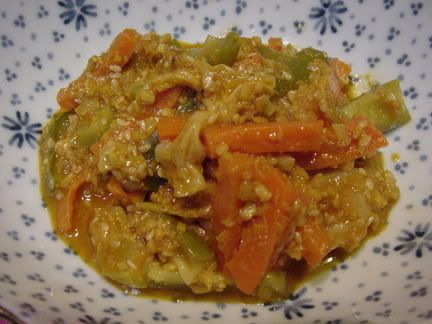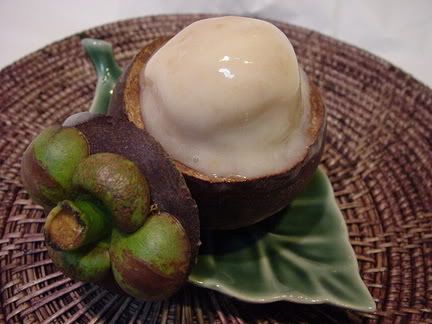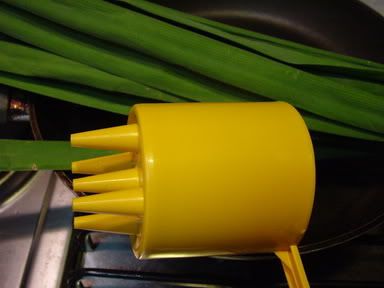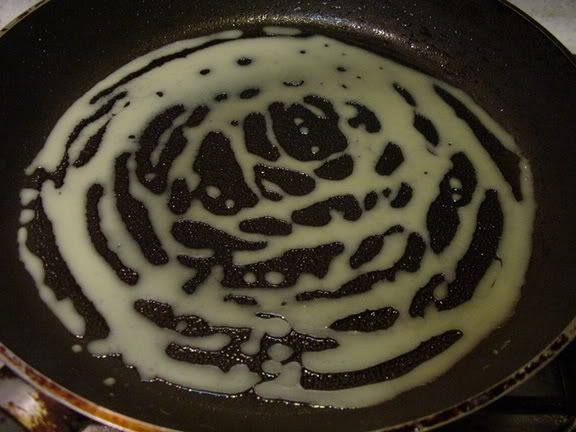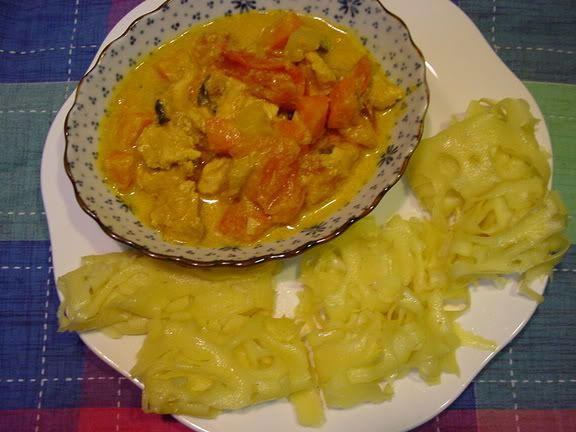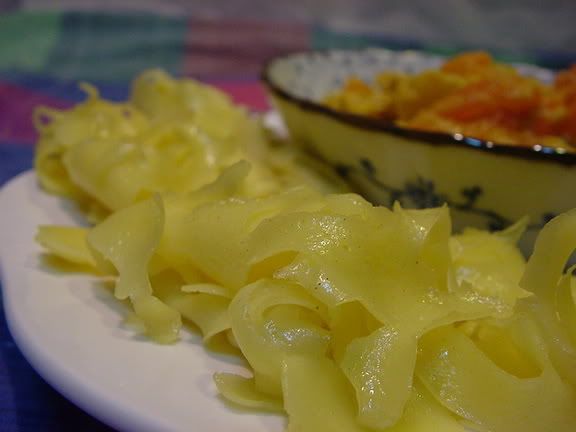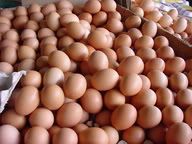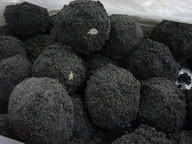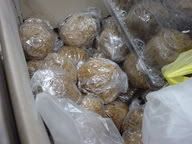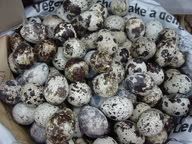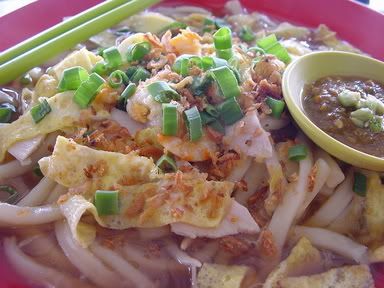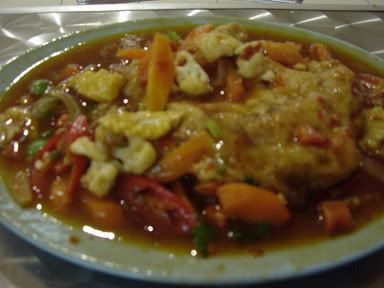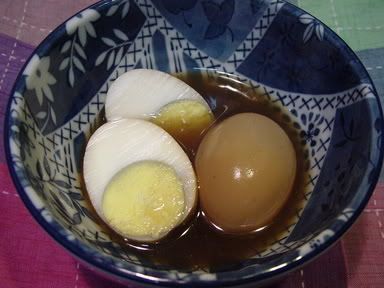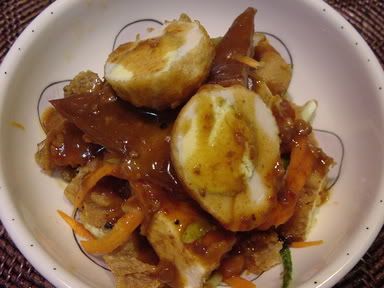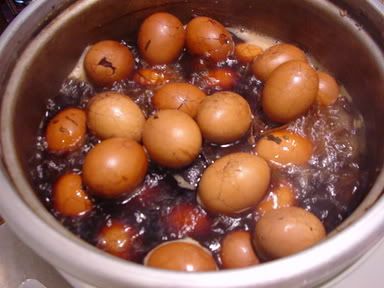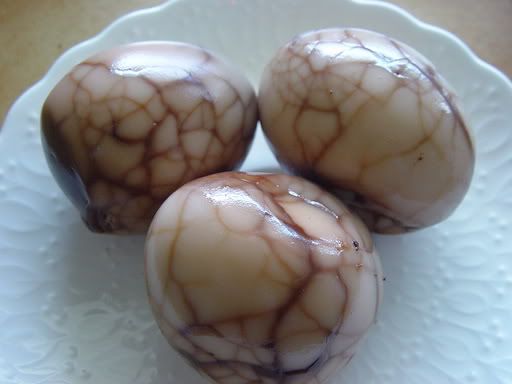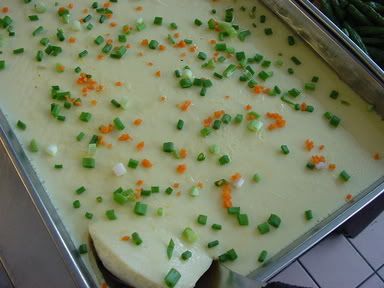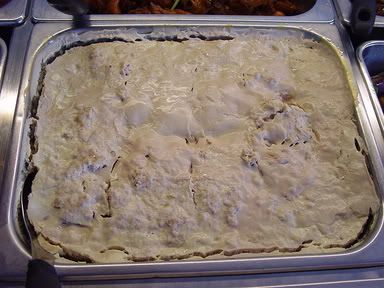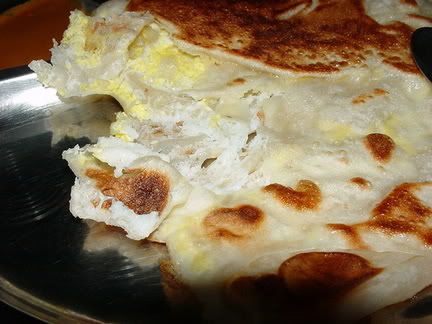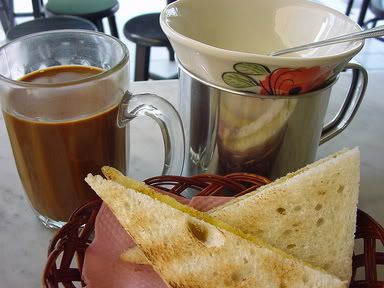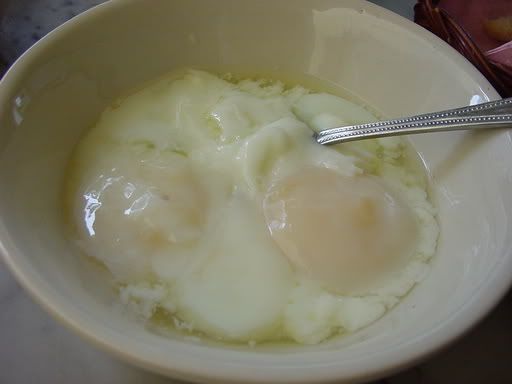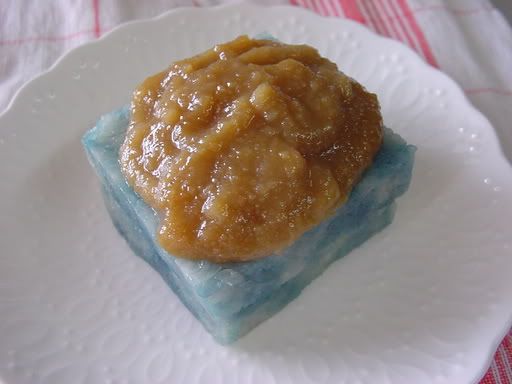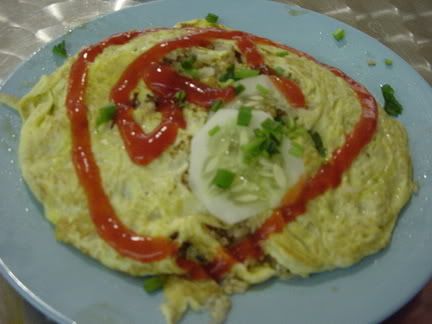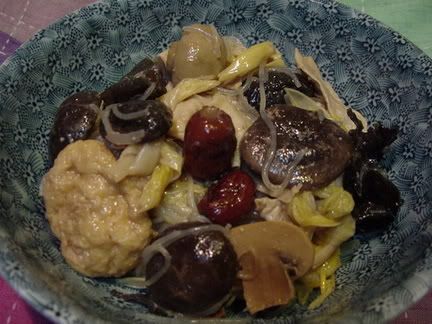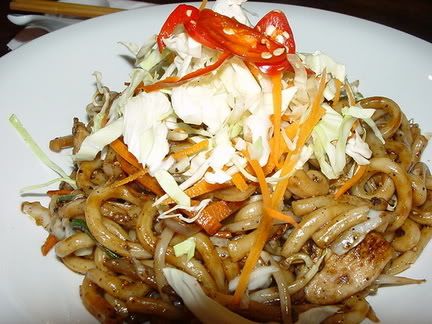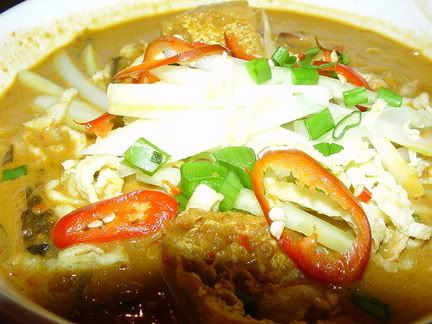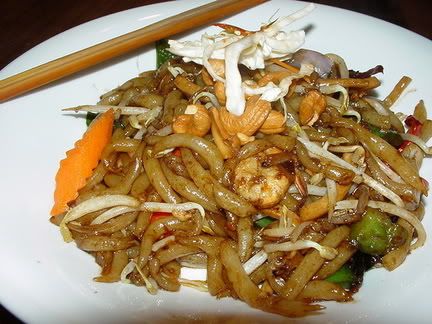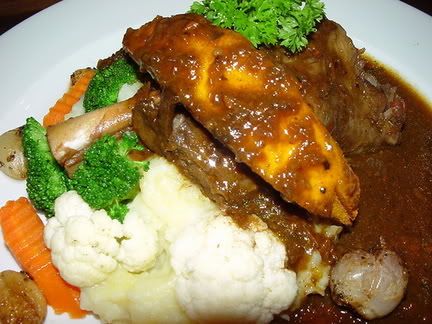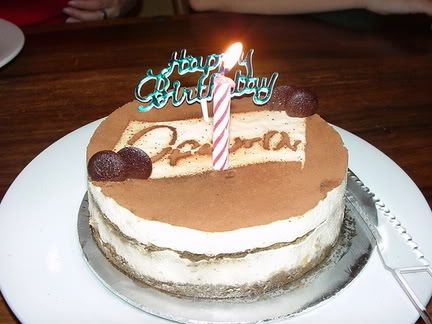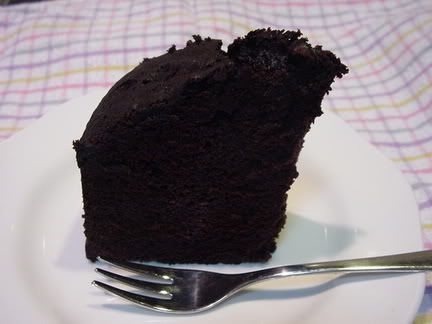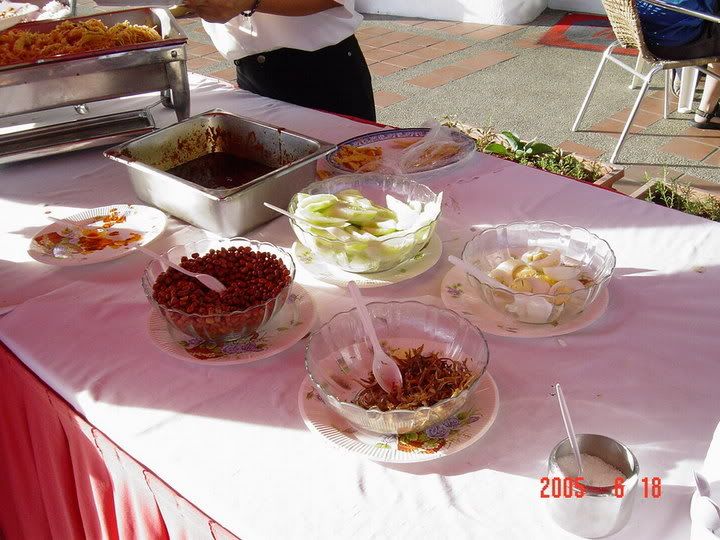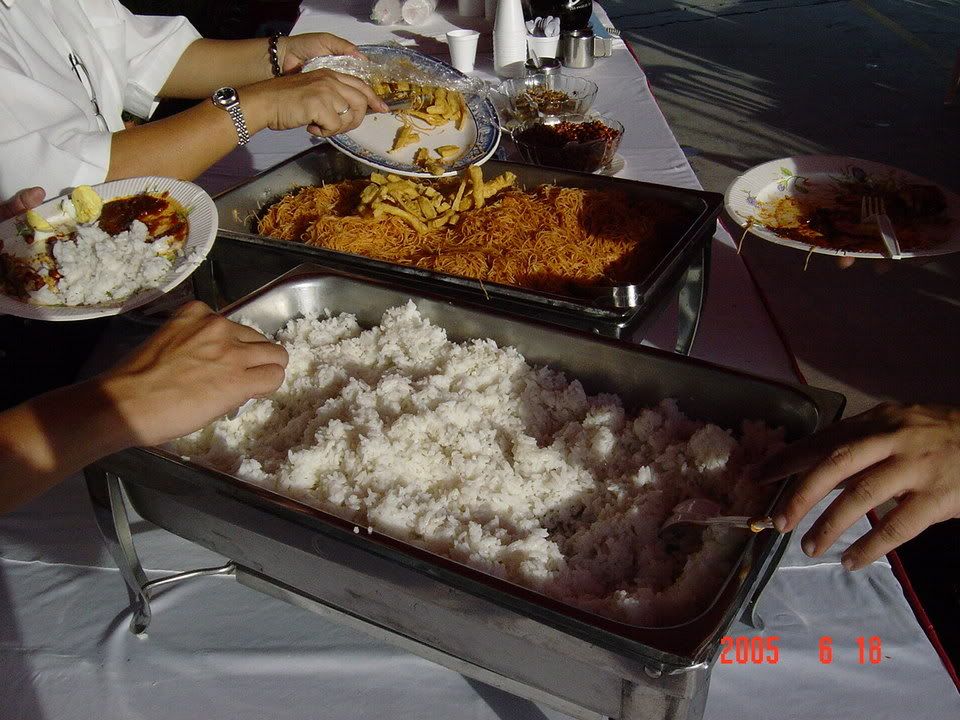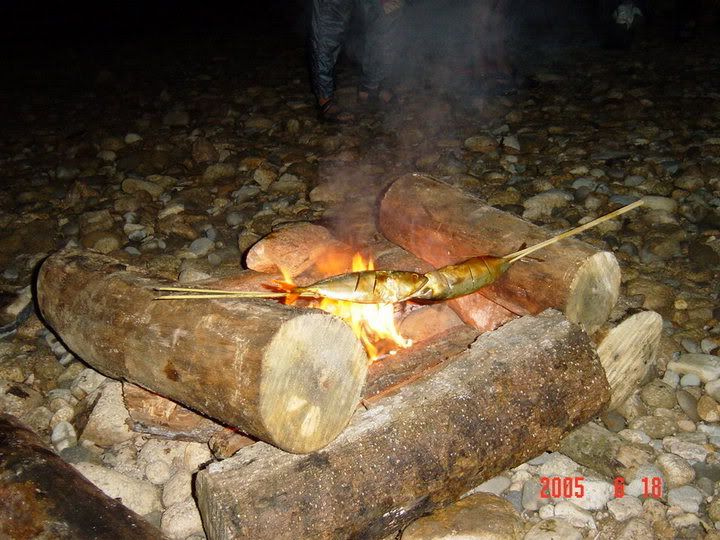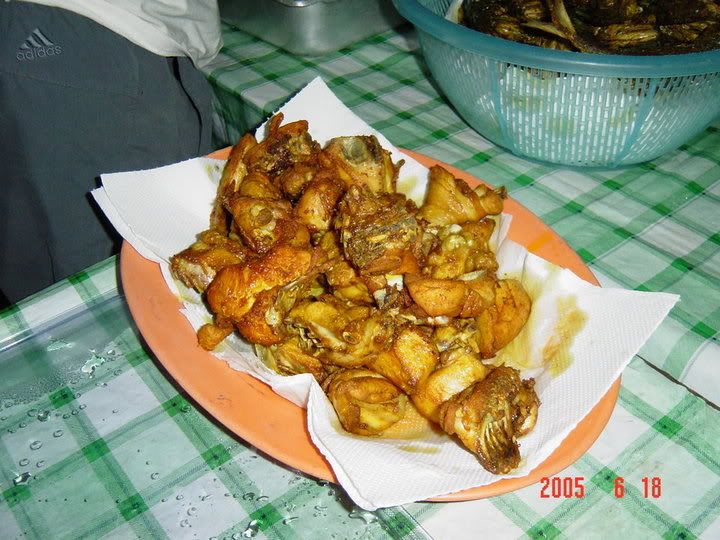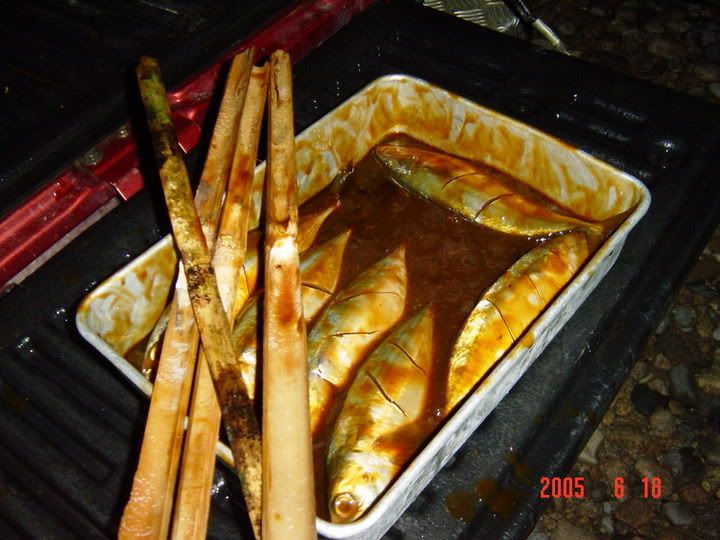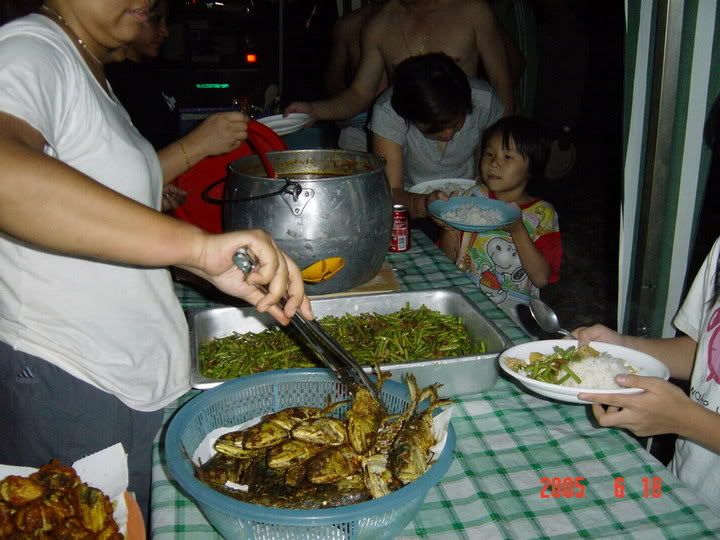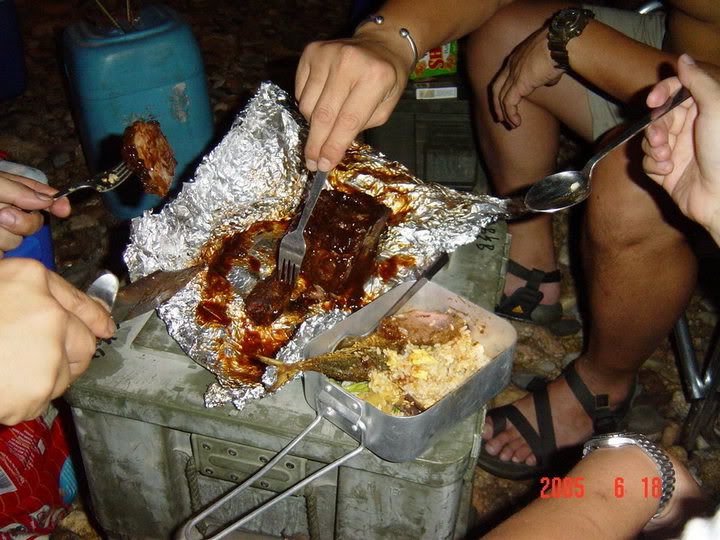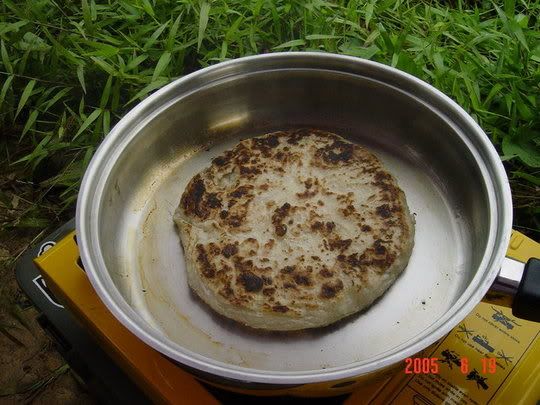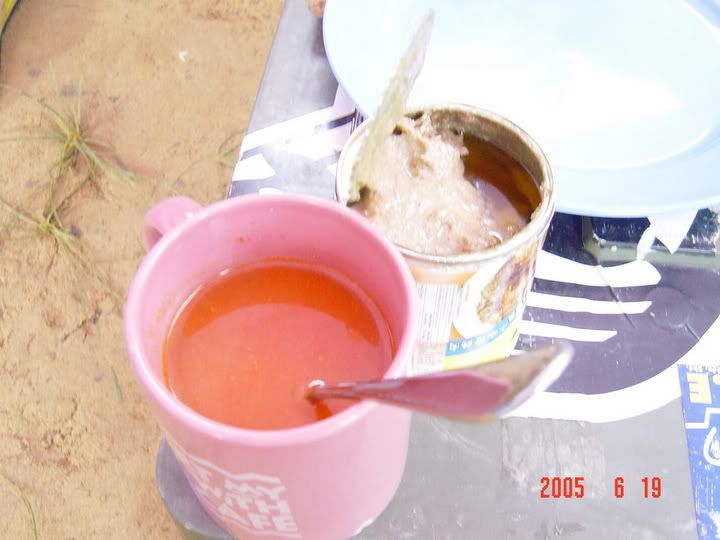Although the weather is hot, I had the urge to make Shepherd's Pie as it is really one of my favourite comfort foods. I have been in the mood for some comforting so I can't deny fluffy mash and yummy minced lamb filling. This is a version of Nigella Lawson's famous Rudolph Pie - she does it with minced venison and a cherry on top ala Rudolph for Christmas.
Splashie Boy loves English food - must be something they injected into his bloodstream when he was born in Reading. I used to joke that his mother picked up the wrong baby in hospital since he is so non-Malaysian in his eating habits but like someone pointed to me, that can't be possible since he would have been the only Asian baby in the ward. For me, English food has some bad and good memories depending on well my dining hall used to cook it. Fond memories are for the pies like Shepherd's, Beef and Guinness but not for their super bouncy and hard Lemon Meringue Pie. Other things they excelled in was steamed puddings (yum!) with lots of custard. Then there is Rhubarb Crumble which I love and so rarely get it here.
Okay, back to my pie - mine is full of minced lamb as it is not easy to come across minced venison in KL and without the cherry on top. Nigella's version uses deluxe stuff like dried porcini mushrooms and chopped up button mushrooms that tastes extra nice. If you have time, leave the pie for a few days frozen in your freezer as when you bake it in the oven, it tastes nicer as the flavours have really developed. If you are making it, do look at the proportions as Nigella's version is for a huge batch. This recipe is from her Christmas Bites telly show and is also found in Feast.
Rudolph Pie (Serves 14-16)
50g dried porcini
3 - 5 tablespoons olive oil
4 onions chopped
4 carrots chopped
4 cloves of garlic peeled and minced
500g button mushrooms, quartered
1kg minced venison
1kg minced pork
2 tablespoons flour
6 tablespoons Marsala
2 tins chopped tomatoes
2 tablespoons tomato puree diluted in 125ml water
Worcestershire sauce to taste
Topping:
4kg potatoes
1500g parsnips (about 8 medium-sized)
125ml full-fat milk
125g butter, plus more to dot on the top
nutmeg
sprinkle of Worcestershire sauce
Pour 500ml of near-boiling water over the porcini mushrooms and leave to steep.Warm oil into very large thick bottomed pan and add the chopped onions, carrots and minced garlic. Cook stirring for about 10 minutes, sprinkling with the salt if the vegetables look as if they may burn. Drain the porcini, reserving the soaking liquid, chop coarsely and add with the button mushrooms to the vegetable mixture. After about 5 minutes tip the whole lot out to brown the meat.Add a little more oil to the pan then tip in the minced meats, breaking them up with a wooden spoon. Stir for about five minutes until the rawness has left them a bit, add salt - unstintingly - and then return the vegetable mixture to the pan. Stir in the flour and add the mushroom-soaking liquid, tinned tomatoes, diluted puree, Marsala and a few drops of Worcestershire sauce.Stir well, cover partly with a lid and reduce heat so that the mince bubbles gently, for about 40 minutes to an hour.
Meanwhile boil the potatoes in a large pan of salted water until they are nearly ready and then add the parsnips which have been peeled and cut into chunks.Boil until they are cooked to easily mashable tenderness, then drain and allow to dry slightly.Warm the milk and melt the butter in the heat of the potato-pan. Rice or mash the potatoes and parsnips straight into this, grate in some fresh nutmeg and add salt to taste.Put the mince into a large dish approximately 37cm x 32cm, then dollop the potato mash on top, spreading with a spatula, taking care to seal the edges to prevent the meat below from bubbling up in the oven.Fork lines over the top, then dot with butter and sprinkle with Worcestershire sauce.If you're cooking this straight away, about 10 minutes in a 225C oven should be enough to make it piping hot and crispily golden on top. If cooking from cold, about an hour in a 190C/Gas 5 oven should do it.
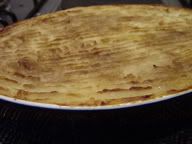
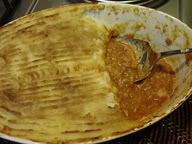
Left: Straight from the oven, Right: All revealed with its yummy insides



